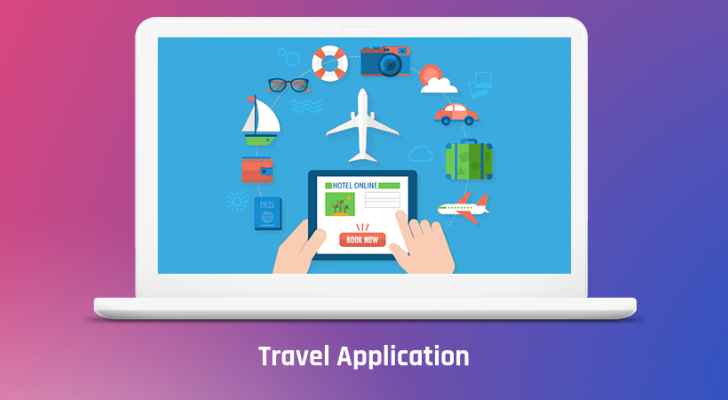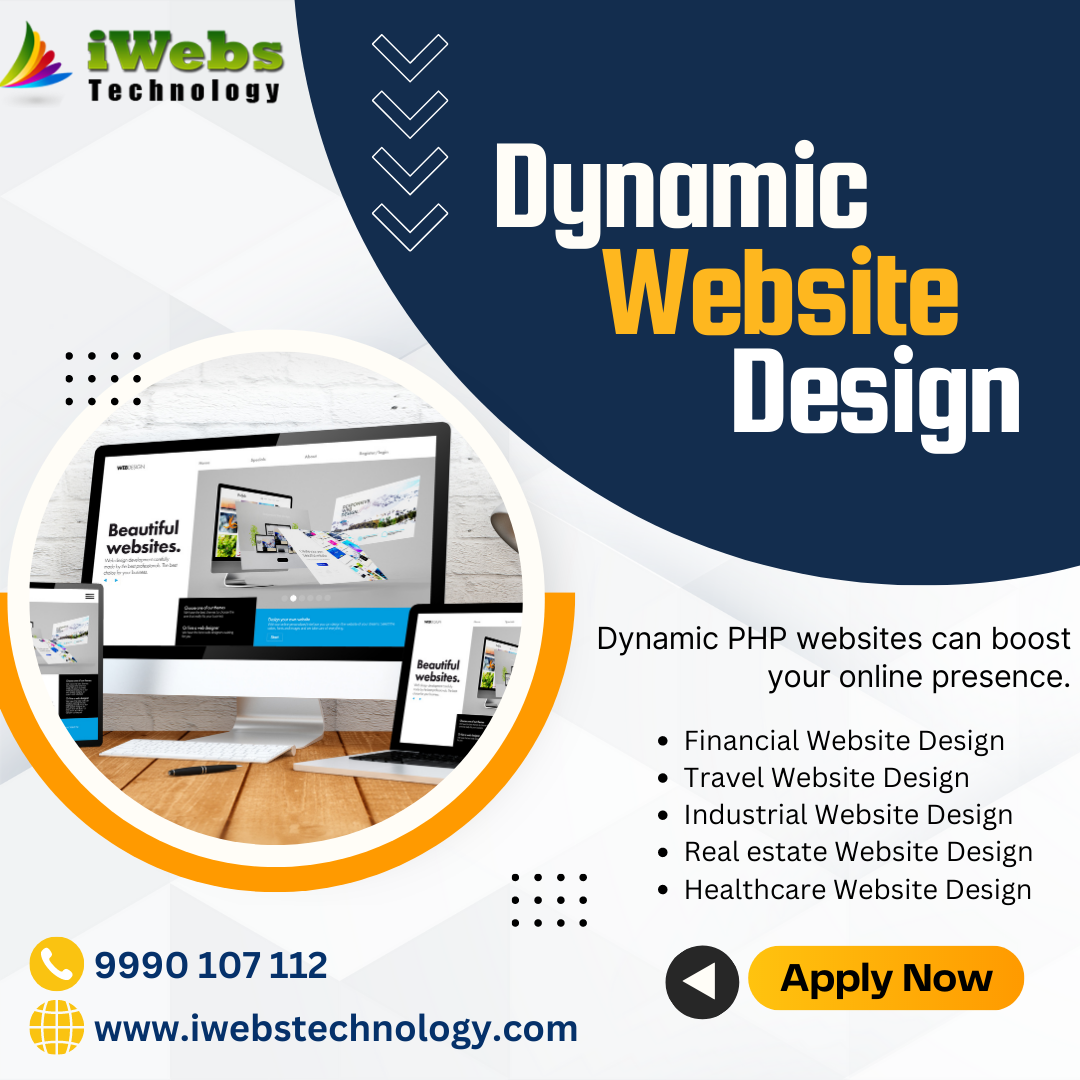Travel Website

In the digital age, travel begins with a click. A well-designed travel website serves as a virtual gateway to the world, inspiring wanderlust and facilitating seamless travel planning. Let's explore the key elements and considerations for creating a compelling travel website that engages users and turns dreams into itineraries.
1. Inviting Homepage: The homepage sets the tone for the entire travel experience. Use stunning visuals of destinations, high-quality images, and a user-friendly interface to capture visitors' attention. Introduce the essence of your brand and showcase popular travel destinations to spark curiosity.
2. User-Friendly Navigation: Organize your website with intuitive navigation. Implement clear menus, categorize destinations, and provide easy access to essential information like packages, accommodations, and activities. A well-structured website ensures visitors can find what they're looking for without frustration.
3. Inspiring Destination Pages: Dedicate individual pages to highlight each destination you offer. Include captivating descriptions, beautiful images, and key attractions. Integrate user-generated content, such as reviews and travel stories, to add authenticity and encourage engagement.
4. Seamless Booking Process: Simplify the booking process to enhance user experience. Implement an easy-to-use booking engine that allows users to select dates, choose accommodations, and customize their travel packages. Provide clear instructions, and ensure a secure and transparent payment system.
5. Rich Multimedia Content: Engage your audience with rich multimedia content. Incorporate videos, virtual tours, and immersive experiences to give visitors a taste of what awaits them. High-quality images and engaging videos contribute to the overall allure of your travel destinations.
6. Responsive Design: Optimize your travel website for various devices, including smartphones and tablets. A responsive design ensures that users can seamlessly explore your offerings regardless of the device they're using, enhancing accessibility and user satisfaction.
7. Personalized User Accounts: Implement user accounts to offer personalized experiences. Allow users to save their preferences, create wishlists, and track their bookings. Personalization enhances user engagement and encourages repeat visits.
8. Comprehensive Travel Guides: Provide in-depth travel guides for each destination. Include practical information such as weather, local customs, currency exchange rates, and safety tips. Empower travelers with the knowledge they need to plan a memorable and stress-free trip.
9. Customer Reviews and Testimonials: Feature customer reviews and testimonials to build trust. Positive experiences shared by previous travelers serve as valuable endorsements for your services. Consider integrating a rating system for accommodations, tours, and overall travel experiences.
10. Social Media Integration: Integrate social media elements to amplify your online presence. Showcase real-time updates, user-generated content, and travel stories on your website. Encourage visitors to share their experiences on social platforms, expanding your reach and community.
11. Interactive Maps: Incorporate interactive maps that highlight key attractions, accommodations, and activities. Interactive maps add an extra layer of engagement, allowing users to visualize the destinations and plan their itineraries more effectively.
12. Special Offers and Deals: Create a section for special offers, discounts, and travel packages. Highlight seasonal promotions, early bird deals, or exclusive packages to incentivize bookings. Displaying limited-time offers can prompt users to make decisions promptly.
13. Reliable Customer Support: Provide accessible customer support channels, such as live chat, email, or a helpline. Responsive customer support builds trust and ensures that potential travelers can get assistance when needed.
Example Travel Website Feature:
Interactive Itinerary Builder: Allow users to create personalized itineraries by selecting destinations, activities, and accommodations. This feature enhances user engagement and provides a tailored experience.


